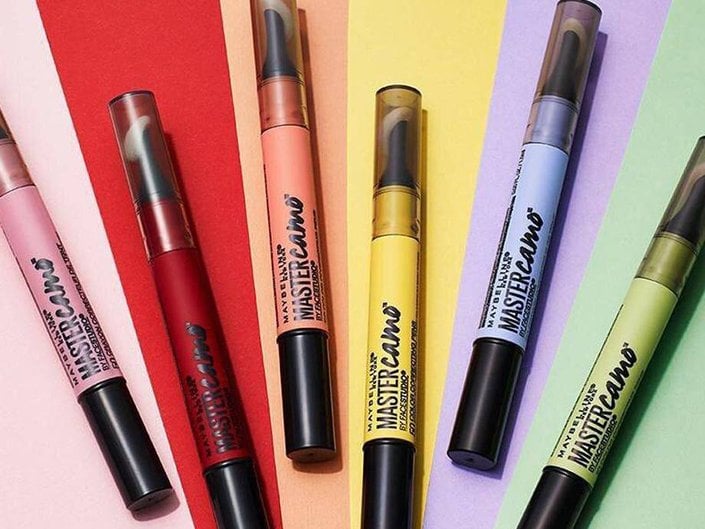This site is for Canada only. Cookies and related technology are used for advertising. To learn about your choices see our privacy policy.
Close
Skip to content
-
-
-
-
-
Everything You Need to Know About Color Concealers — And Which One Is Right for You
Read more
![Loading]()
Back to top

